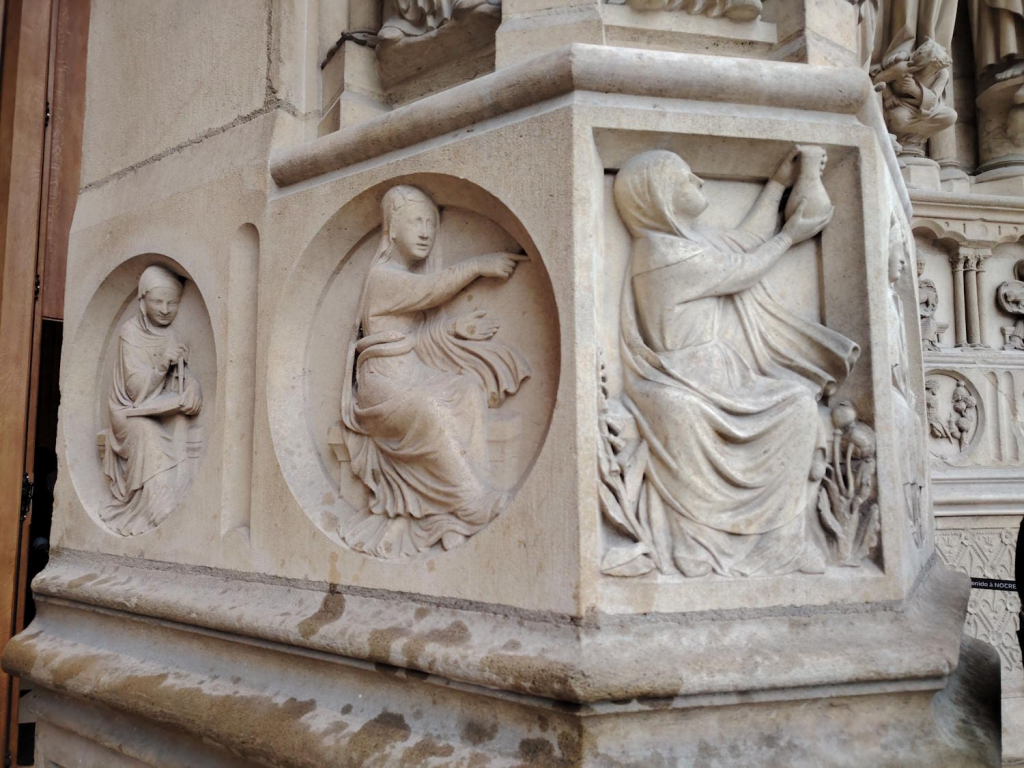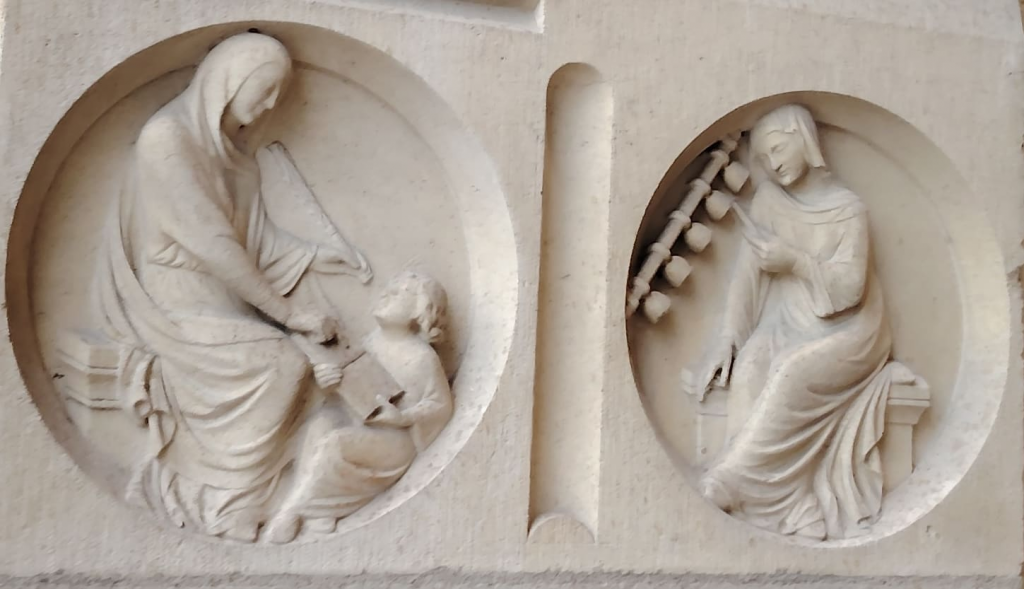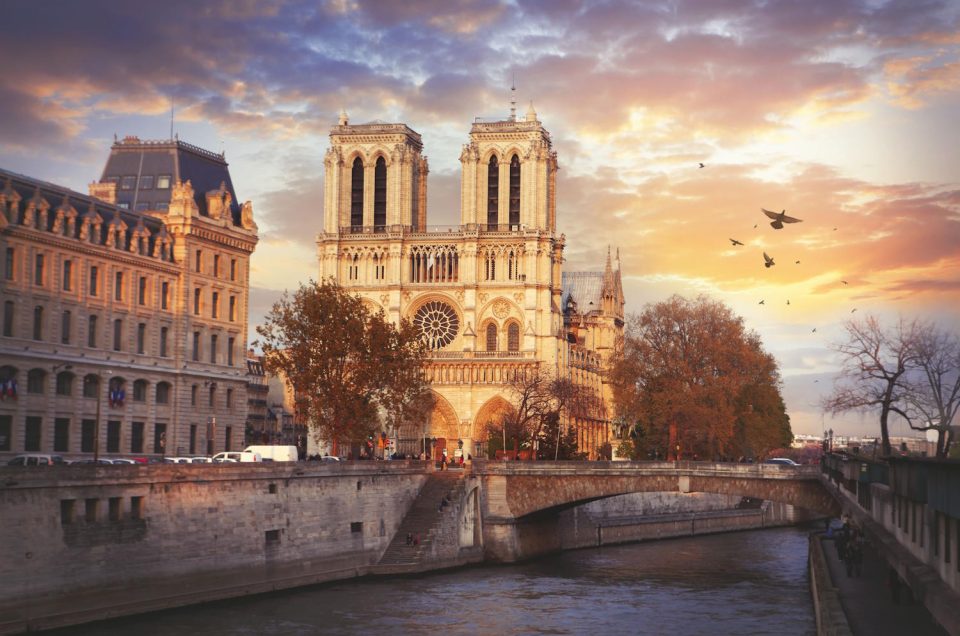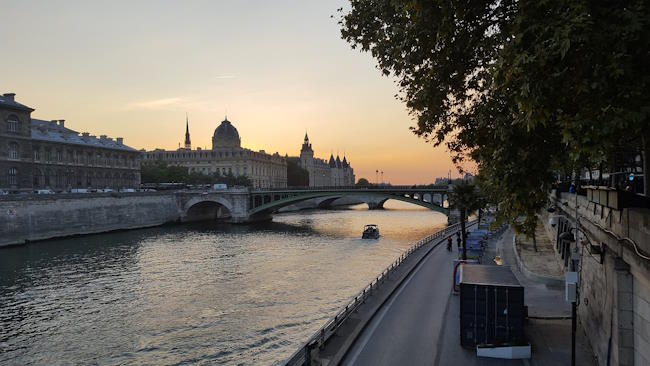When Notre Dame Cathedral opened its doors in the 13th century, it was not just an architectural marvel designed for worship—it was a reflection of Paris’s rising prosperity and a continuation of a much older legacy of religious and intellectual life on the Île de la Cité, the central island in the Seine River.
Though it wasn’t the first sacred structure on this historic site, Notre Dame quickly became more than a church—it evolved into a prestigious hub for education and scholarship that extended well beyond Paris.
The Educational Roots of Notre Dame
The cathedral’s academic journey began in the era of Charlemagne, whose imposing statue still stands in the square outside. In the 8th century, Charlemagne mandated that every bishopric develop educational programs for young clerics who would serve both the Church and the emerging civil administration. Thus, the foundation for the Episcopal School of Notre Dame was laid.

By the 11th century, these early schools had developed into formal chapter schools on the Île de la Cité. Oversight of these institutions shifted to the cathedral’s canons—clergy members responsible for daily religious duties and education.
Life in the Canonical Enclosure
On the northern side of the present-day cathedral was the “canonical enclosure”—a walled and gated area that housed the canons and their daily activities. The bishop’s palace was situated to the south. Distinct from monastic life, canons lived in private residences where they also conducted classes and hosted students.
Education followed a structured path. Young students began by learning to read, write, and sing, while older students progressed to the liberal arts curriculum: grammar, rhetoric, logic, arithmetic, geometry, astronomy, and music. Advanced studies included theology, canon law, and medicine—subjects that would later form the foundation of medieval universities.
Notre Dame’s schools quickly earned an international reputation. Latin, the scholarly lingua franca of the time, enabled students from across Europe to study in Paris. The cathedral’s emphasis on dialectics—a method rooted in structured debate and inquiry—attracted eager minds. However, this approach sometimes clashed with the Church’s hierarchical doctrines, leading to tensions over theological authority.
The Rise of the Latin Quarter
Until the 13th century, most education was centered in and around Notre Dame and its cloistered quarters. But as the student population grew, a new academic district began to take shape across the river on the Left Bank: the Latin Quarter.
Clerical students in flowing robes—many freshly tonsured—crossed the Petit Pont and settled on the slopes of Sainte-Geneviève Hill. This former Roman settlement offered both space and opportunity. The Church of Saint Julien le Pauvre became a gathering place for the Universitas, a newly formed community of scholars and educators. In 1200, the French king granted it legal recognition, followed by papal approval in 1215.

While liberal arts instruction flourished on the Left Bank, the cathedral retained authority over theology, law, and medicine. Still, power struggles persisted. Determined to protect its theological influence, Notre Dame’s clergy condemned over 200 doctoral theses from the Left Bank as heretical—many of them inspired by Aristotelian thought. Over time, however, even canon law found a new home across the river.
Though the Île de la Cité gradually lost its dominance in academia, it remained a symbol of enduring influence. Today, the Latin Quarter continues to bear its name, though Latin is rarely spoken. Higher education is now a secular institution, firmly rooted in the ideals of the Republic—as evidenced by the “RF” (République Française) etched on the Sorbonne’s façade. However, the spirit of Notre Dame lives on through the Faculty of Notre Dame, which has offered Vatican-recognized courses at the Collège des Bernardins since 1999.
A Timeless Musical Heritage
Aside from its educational legacy, Notre Dame has long been a beacon for sacred music. The cathedral’s connection to choral and organ music stretches back centuries and remains vibrant to this day.

The daily chants and hymns that echo through its vast interior benefit from acoustics carefully restored during recent renovations. Today, as in ages past, Notre Dame offers an unparalleled setting for vocal and instrumental performances, reinforcing its role not just as a place of prayer, but also as a sanctuary of sound and tradition.






